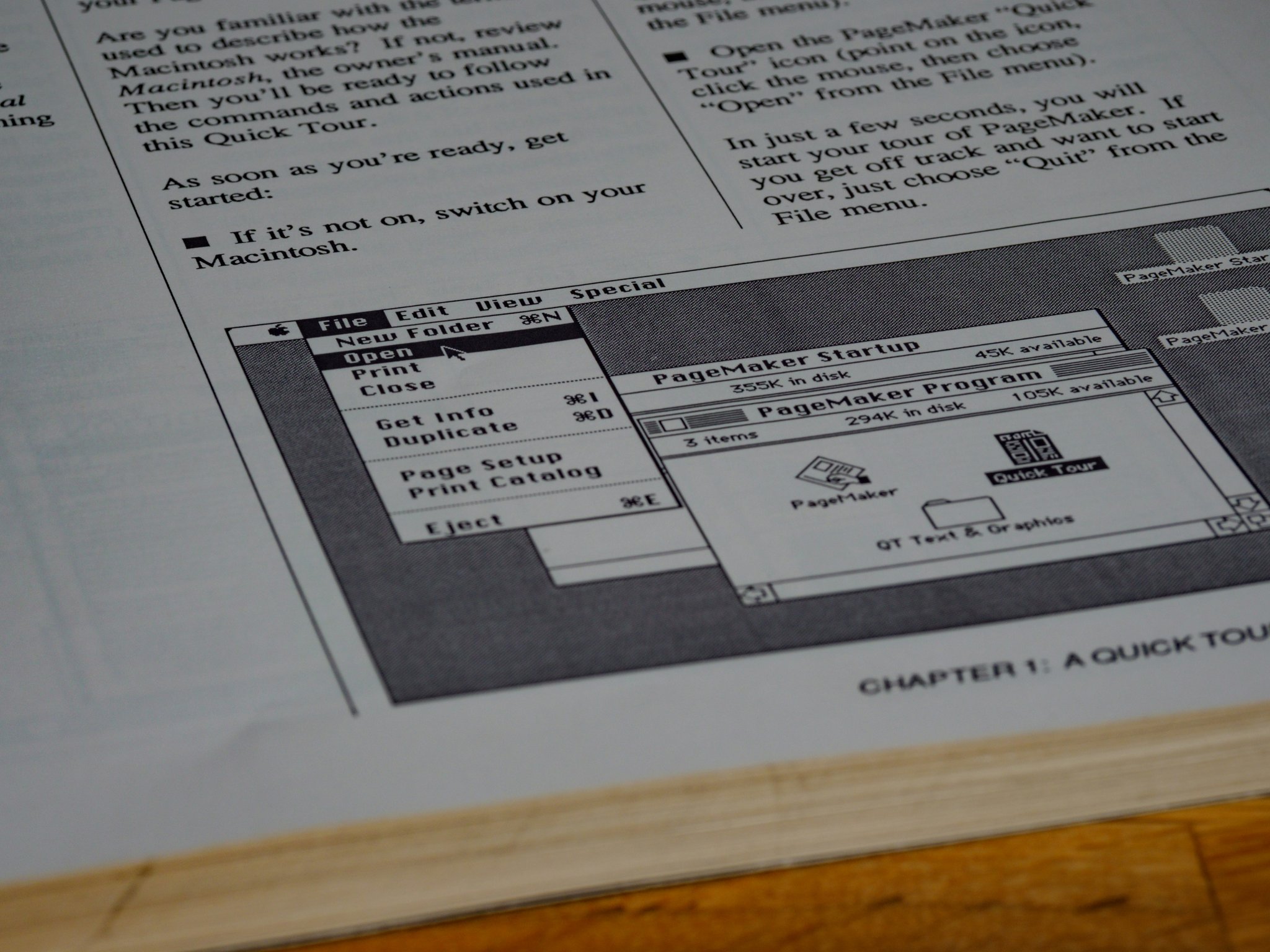Ever thought about what happens if you’re hit with a patent infringement lawsuit? Spoiler alert: It’s not pretty. Legal fees can spiral into hundreds of thousands—or even millions—of dollars, leaving businesses and individuals reeling. That’s where legal cost coverage comes in. This post dives deep into patent infringement insurance, uncovering how it shields you from devastating financial hits while giving you peace of mind.
Table of Contents
- The Problem: Why You Need Legal Cost Coverage
- Step-by-Step Guide to Choosing the Right Patent Infringement Insurance
- Best Practices for Maximizing Your Coverage
- Real-Life Examples: When Patent Insurance Saved Businesses
- Frequently Asked Questions About Patent Infringement Insurance
Key Takeaways
- Patent infringement lawsuits can be financially crippling without proper legal cost coverage.
- Picking the right insurance policy requires understanding your risk exposure and industry specifics.
- Maximizing your coverage involves proactive measures like regular audits and staying updated on intellectual property laws.
The Problem: Why You Need Legal Cost Coverage
Let me tell you a story that still haunts me. Back in my early days as a startup founder, we launched a product I was sure was revolutionary. Then came the letter—a cease-and-desist notice claiming patent infringement. We didn’t have legal cost coverage, and let me tell you, hearing “$250,000 retainer” felt like getting punched in the gut. If only we’d known about patent infringement insurance sooner.

Here’s the reality: According to recent studies, over 70% of small businesses face some form of IP litigation within their first five years. Add to this the fact that legal costs for defending against patent claims typically exceed $500,000—and you’ve got a recipe for disaster. Without adequate preparation and legal cost coverage, even minor infractions can ruin reputations and bank accounts alike.
Step-by-Step Guide to Choosing the Right Patent Infringement Insurance
“Optimist You:” Follow these steps, and you’ll find the perfect plan!
Grumpy You: Ugh, fine—but only if coffee’s involved.
Step 1: Assess Your Risk Profile
Different industries carry different risks. A tech company is far more likely to encounter patent issues than a bakery. Start by analyzing your market segment, competitors, and existing patents.
Step 2: Research Policy Options
Not all policies are created equal. Look for providers specializing in intellectual property law. Compare coverage limits, exclusions, and deductibles carefully.
Step 3: Evaluate Policy Costs
This is where things get tricky. Some plans may seem cheap upfront but include hidden fees or insufficient coverage. Always read the fine print.

Best Practices for Maximizing Your Coverage
- Conduct Regular Audits: Periodic reviews ensure compliance and identify potential vulnerabilities before they become liabilities.
- Stay Educated: Intellectual property laws change constantly. Stay ahead by attending workshops or subscribing to relevant newsletters.
- Document Everything: From design concepts to licensing agreements, keep meticulous records to defend yourself effectively.
- Terrible Tip Disclaimer: DON’T rely solely on DIY research for complex cases. One bad move can void your entire policy.
Rant Time!
Why do insurance companies make their terms sound like ancient hieroglyphics?! Reading through one policy recently sounded like my laptop fan struggling during a 4K render—whirrrr. Simplify, people!
Real-Life Examples: When Patent Insurance Saved Businesses
A mid-sized software firm faced a $1 million lawsuit alleging copyright theft. Thanks to comprehensive legal cost coverage, they hired top attorneys who negotiated a settlement of just $200,000—a huge win compared to the initial demand.

Frequently Asked Questions About Patent Infringement Insurance
What exactly is covered under patent infringement insurance?
Most policies cover attorney fees, court costs, settlements, and judgments related to alleged patent violations. However, always check exclusions specific to your provider.
Is this type of insurance worth the investment?
If you operate in high-risk sectors like technology or pharmaceuticals, absolutely. Even smaller businesses benefit from avoiding unexpected legal expenses.
Can I switch insurers midway?
Yes, though switching might require new evaluations or waiting periods depending on your situation.
Conclusion
Investing in patent infringement insurance isn’t glamorous—it’s practical. With robust legal cost coverage, you protect both your finances and future growth prospects. Remember, prevention beats panic every single time. So go forth, secure that policy, and sleep easier knowing you’re prepared.
Like a Tamagotchi, your financial safety needs daily care.


